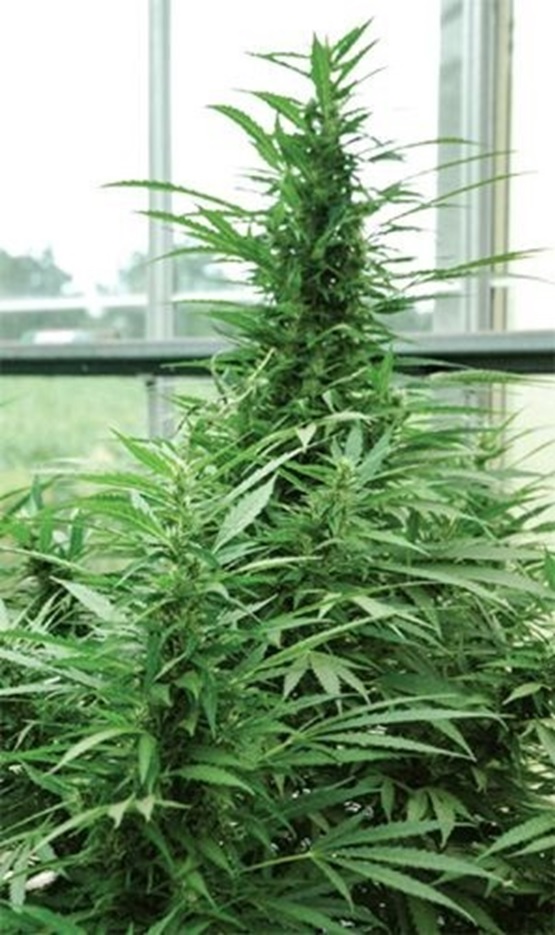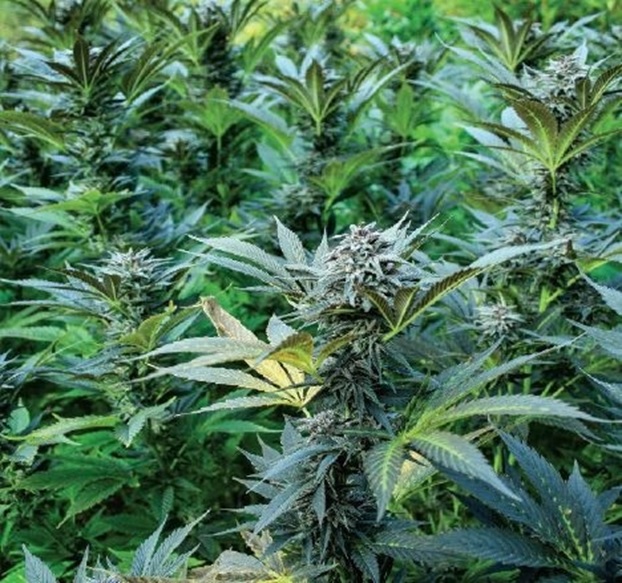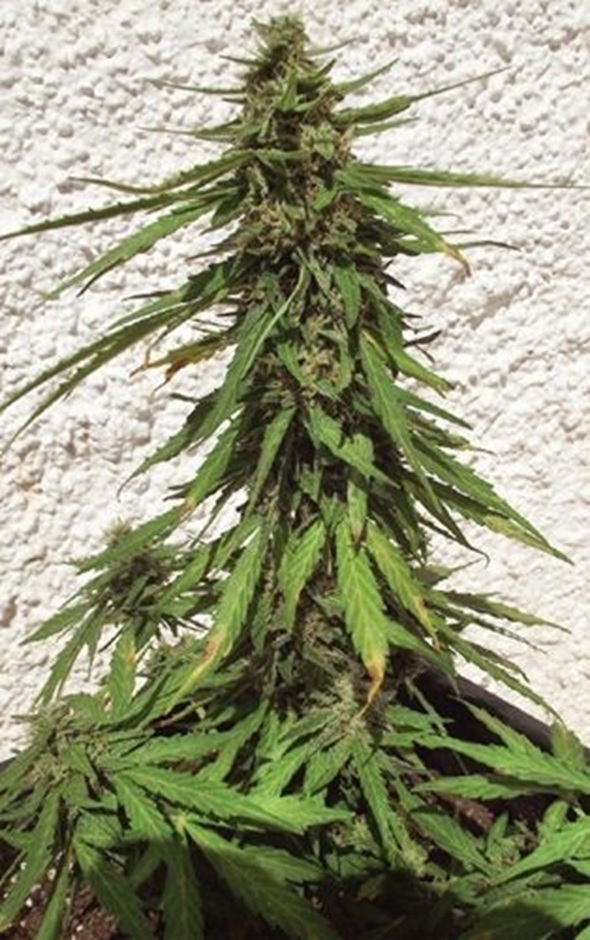Cannabis Sativa benefits and differences.

This landrace originates from equatorial regions and its plants can reach heights over 15 feet (4.5 meters). They produce thin, spiky leaves and massive colas (where the flowers or buds grow together tightly) that are not very dense. Pure cannabis sativa strains are not generally used for indoor cultivation due to their size and maturation time. Cannabis sativa can take up four to eight times the space of a compact cannabis indica variety. There are now many hybrid varieties available for grow room cultivation, where the harvested flowers benefit from a high calyx-to-leaf ratio (meaning there are fewer leaves to trim from the finished buds).
Cannabis Indica benefits and differences.

This landrace originates from the mountainous regions of Central Asia. Local strains were collected from Kashmir, Pakistan, Northern India, and Nepal during the early 1960s and these native plants became the gene pool for many of today’s varieties. They are characteristically stocky and hardy plants that produce broad, maple-like leaves and rarely reach heights over 7 feet (2 meters) outdoors, producing heavy, tight flowers that are high in psychoactive content. Cannabis indica or indica-dominant hybrid plants are ideal for grow rooms and smaller medical cultivation setups.
All about Cannabis ruderalis.

Auto-flowering varieties like this Lowryder by The Joint Doctor contain ruderalis genetics which means they do not require a “dark period” to induce flowering. They are the easiest varieties to cultivate. This particular plant was grown by Jeff in Spain.
This is a debated third landrace of cannabis found in Russia, Poland, and other Eastern European countries. Schultes classified cannabis as having three species–sativa, indica, and ruderalis– based on the formation of the seedpods. There is still some debate as to whether there is justification for this third category. The features of Cannabis ruderalis plants are large seeds and weedy plants around 5 feet (1.5 meters) tall that produce lower levels of THC than C. sativa or C. indica. However, it is a hardy plant that flowers early, in most cases regardless of the photoperiod. This auto-flowering gene has been bred into the strains of auto-flowers. Ruderalis flowers tend to be sparse and do not produce the same yields as other varieties, but it is a reasonable plant to use for medicinal cultivation as some strains can be high in CBD.
Auto-flowering plants are crossbreeds between cannabis ruderalis (which gives them the automatic flowering trait) and Cannabis indica and/or cannabis sativa strains. These plants are not dependent on the light cycle to induce flowering; instead, the process triggers automatically when the particular strain is ready. This is generally a few weeks after planting, with a further five to seven weeks until harvest. The origins of auto-flowering cannabis plants are the subject of much debate, but one theory is that ruderalis genetics were introduced from a hybrid cross of Mexican Sativa and Russian ruderal plants. Another theory is that the early genetics came from a Finnish hemp strain called Finola. Due to the lack of vegetative period, auto-flowerers produce smaller plants with a slightly lower THC content as a result of the cannabis ruderalis genetics, but they are hardy plants that are well suited to both indoor and outdoor cultivation